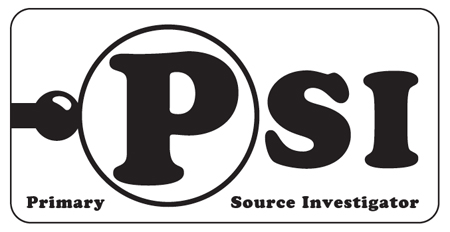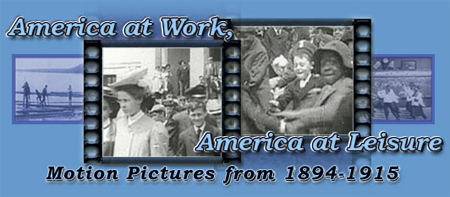Guided Primary Source Analysis: Doctor Fesler has arrived
Reverse Take a close look at the text features and illustrations on both sides of this leaflet. What information do you think the author wanted to highlight? What do you think readers would walk away remembering? Compare and contrast the information provided by the illustrations and bold text with the narrative text on the reverse side of…

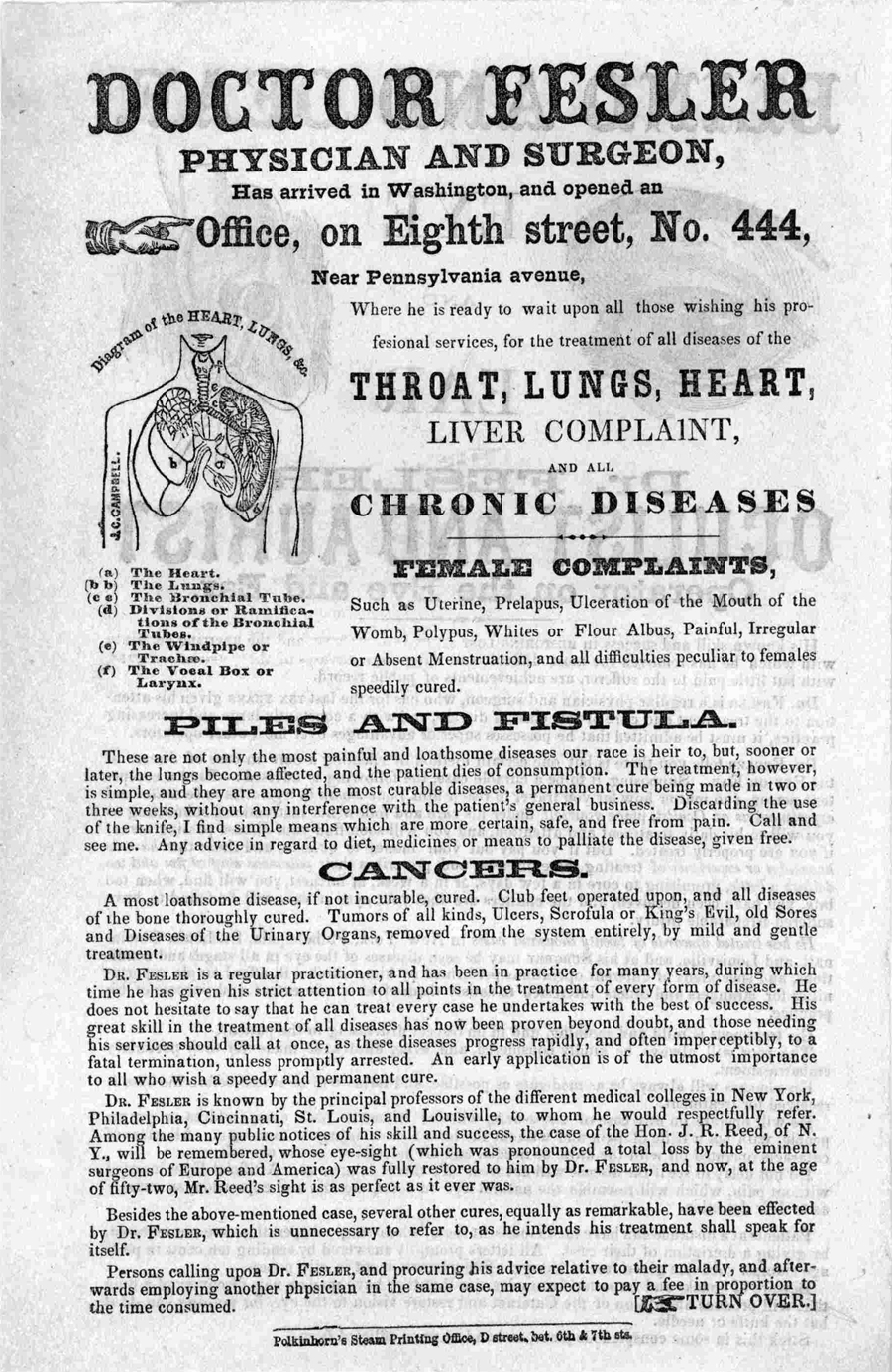
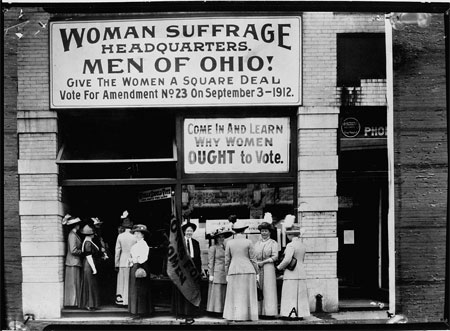
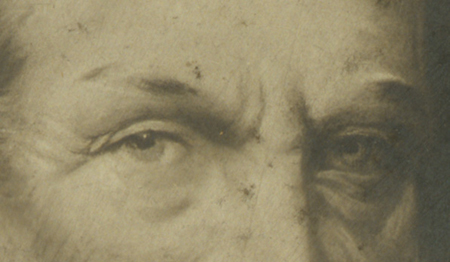
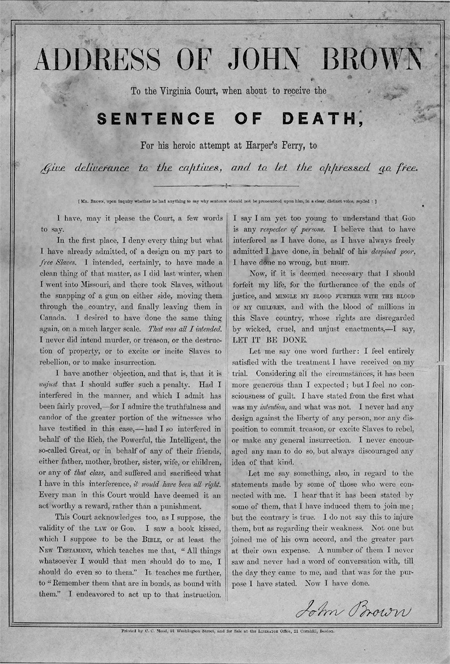
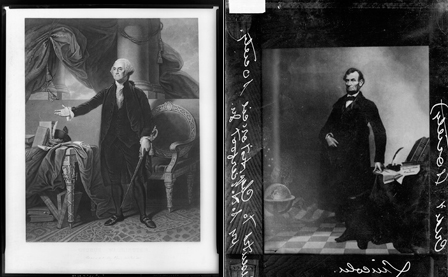

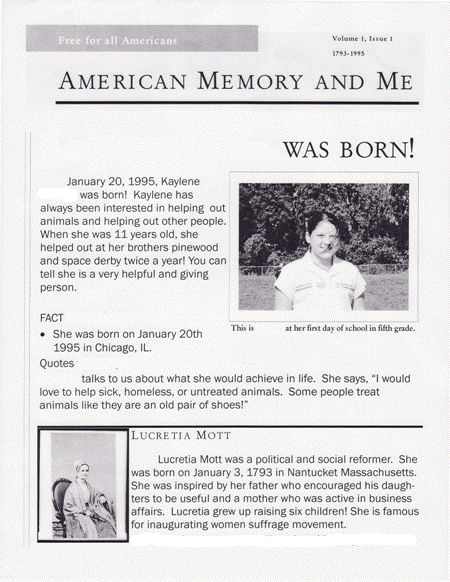
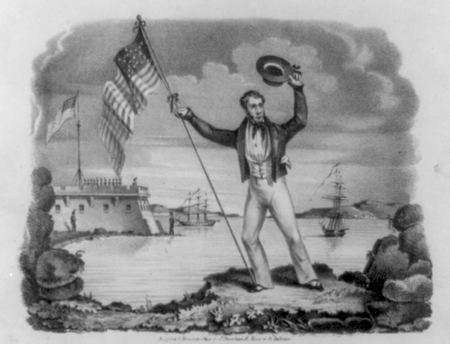
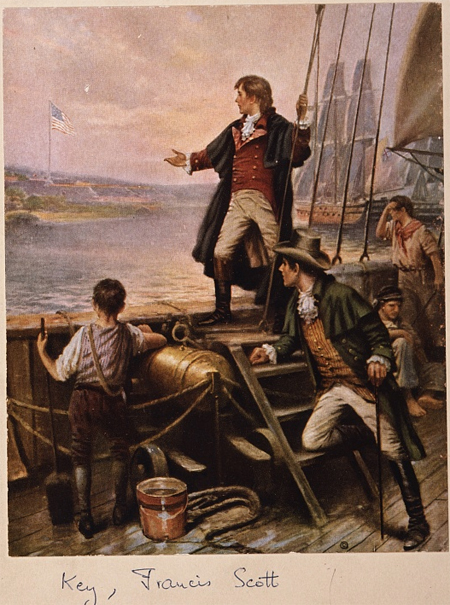
![Indian territory [1887]: compiled from the official records of the records of the General Land Office and other sources under supervision of Geo. U. Mayo.](https://primarysourcenexus.org/wp-content/uploads/2012/06/INTerritory.jpg)
